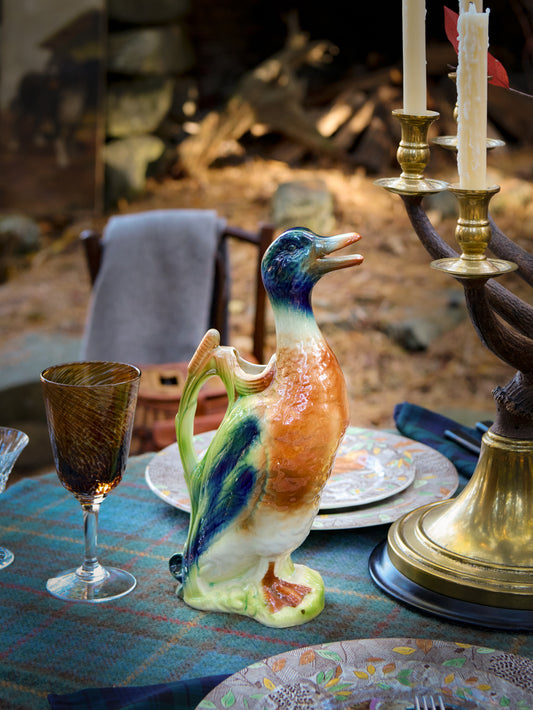

CollectionsCollections
By Collection
CookwareCookware
Barware & DrinkwareBarware & Drinkware
By Category
Home & LifestyleHome & Lifestyle
By Category
Vintage & AntiqueVintage & Antique
By Category
Baby & ChildBaby & Child
GiftsGifts
Holiday
Shop by Category




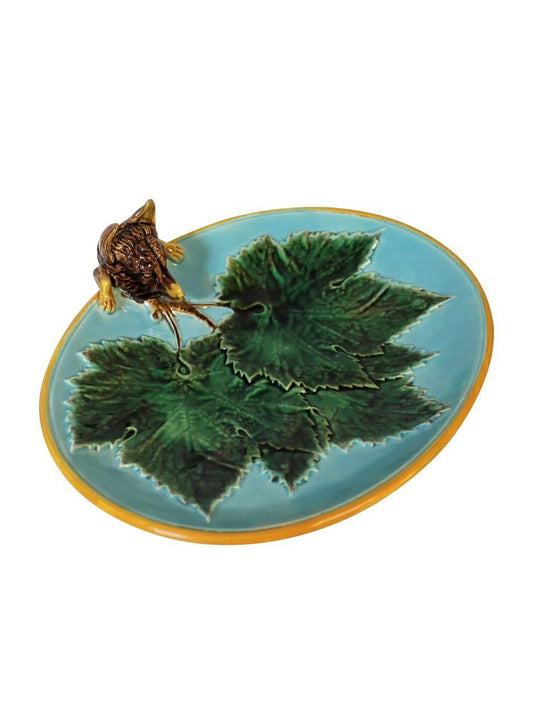
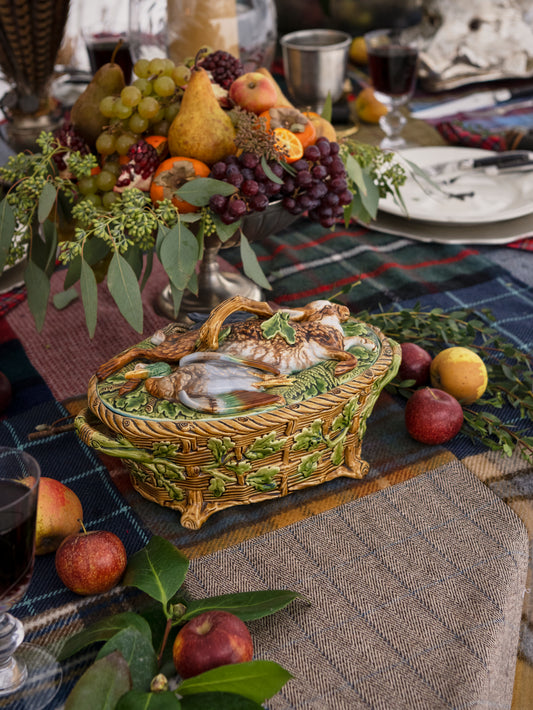
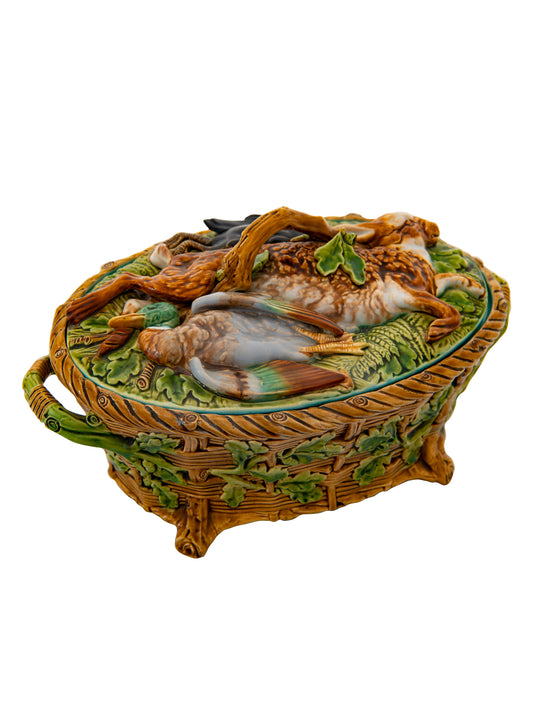



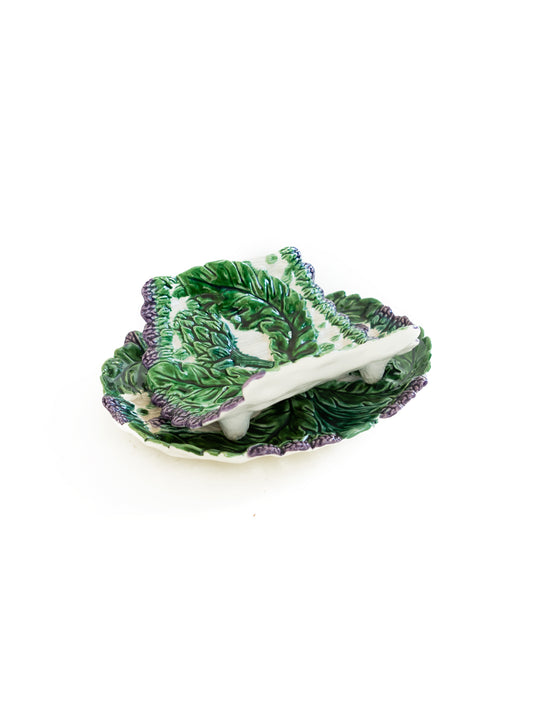
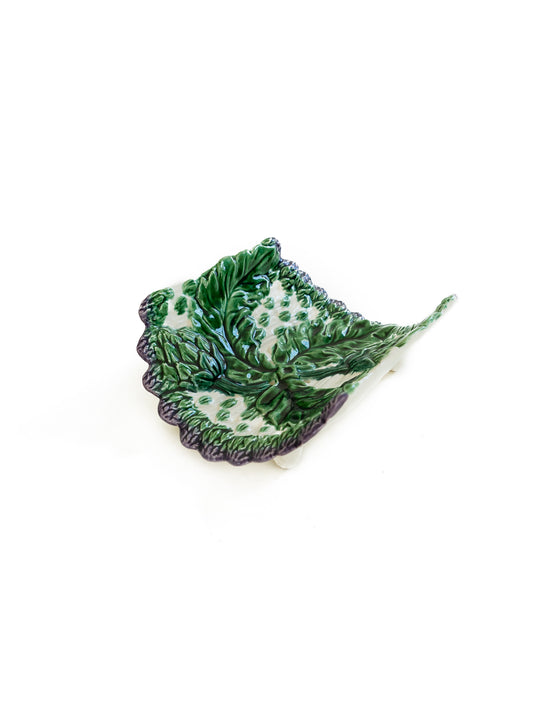


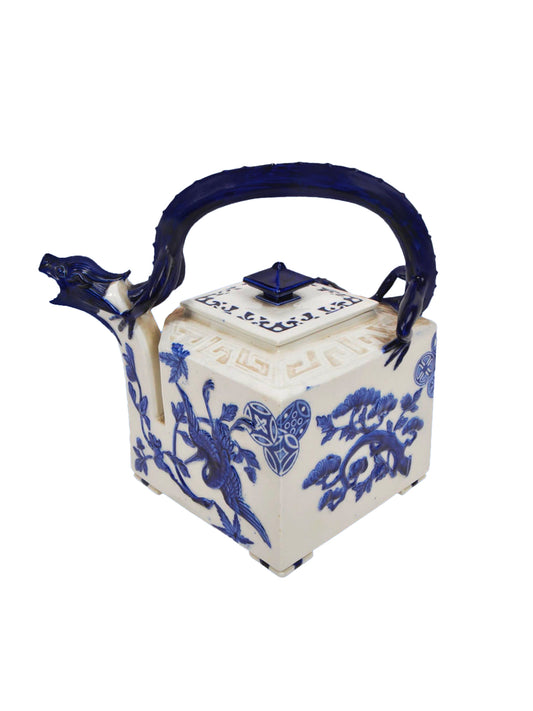

Write it on your heart that every day is the best day of the year.
Ralph Waldo Emerson

We make a life by what we give.
Winston Churchill

